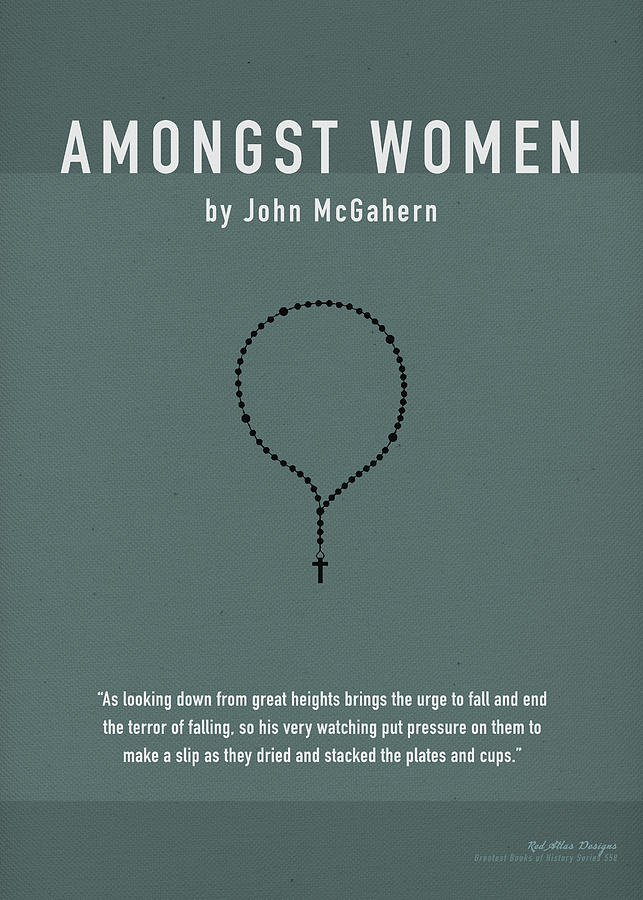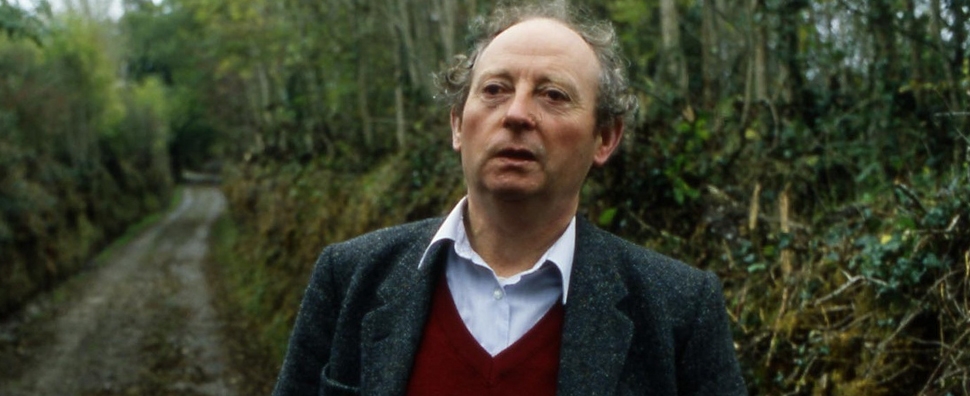

Here is ease to our minds and our souls.Īmongst Women in 1995 or 1996. Here is existence, in the place where ink meets paper, without abstraction or wilful opacity, without agenda or trick. Here is life, portrayed in words, where each unit of language is used for its ideal purpose, for its intrinsic meaning here is literature set to its highest task, in its most immaculate form, fuelling a flame that casts light not just on the parts of us most in shadow but on all the open plains and occluded crevices of the quotidian, on the terrain we all negotiate. His pristine sensibility is a beacon for writers. His work allows his readers a profound relief. John McGahern was one of the rare writers who manned the breach between the language of truth and beauty and the language of control, dogma and power. John McGahern was one of the rare writers who manned the breach between the language of truth and beauty and the language of control, dogma and power The obfuscatory language of politics is used daily to encourage us to swallow all sorts of unpalatable things the closed, joyless, terminal language of rationality is used to denigrate faith in God the language of macroeconomics is used to parse humanity into mathematical units of various values the strident, trenchant language of dogma is used to build prisons of faith. Language can be twisted and tortured into any shape, to any end. There are a million words that humans use and, therefore, as good as an infinity of ways of saying any one thing. As malleable and pliable as language is, it can still be broken.

We live in a world that demands a lot from language. The short spaces of time where I did write were darkened by secrecy and shame The only ambition I ever had was to be a writer, so for 30 years I did everything except write.

John McGahern, I imagine, existed for much of his creative life in this fecund place of silence and darkness of a particular quality, beyond the limits of empathy, beyond the boundaries of easy explanation, beyond the reach of his peers. There is a particular type of darkness that attends this silence: where the light that’s required to see isn’t refracted or prismed or compromised by ambient conditions this is a darkness that allows worlds to be imagined that don’t exist, for them to be cast in the sharpest relief. This silence allows the extension of human empathy to a point beyond its natural limit, so that it surpasses its own potential for connection, and allows a glimpse of the truth of the human condition. All silences except the final one are broken eventually. There is a particular type of silence that precedes the creative process: unbroken, empty of struggle, imbued with a very temporary immaculateness.


 0 kommentar(er)
0 kommentar(er)
